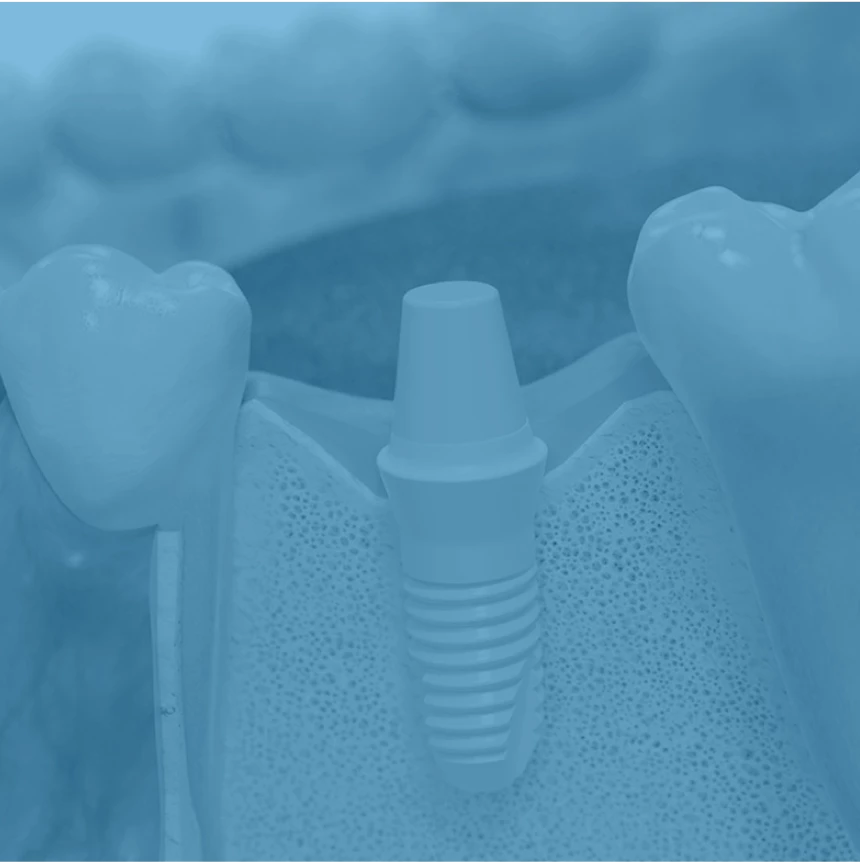
Oral and maxillofacial surgery
Oral surgery addresses implants, congenital malformations, including teeth and bone regeneration to improve dental function and aesthetics.
Oral surgery encompasses those surgeries that are performed in the oral cavity, while maxillofacial surgery is performed throughout the head and neck (congenital bone diseases, tumors…).
These head and neck surgeries cannot be done in our facilities, but if we have the maxillofacial surgeon who can detect, diagnose and propose the best treatment.
The surgery that we can do at Dr. Oriol Cantó’s Dental Clinic is all oral surgery:
Dental implants, teeth included (ullals, teeth in dente…), bone regenerations to give volume and allow good rehabilitation with implants, various extractions, sinus elevations, cysts, apectomies …
Due to the loss of teeth, either due to a very large tooth decay, an accident (fracture) or due to periodontal problems, the maxillary or mandibular bone is lost to a greater or lesser extent, so in many cases, and the longer we wait, the more frequently, this lost bone must be recovered to be able to put dental implants. These bone regenerations are performed in different ways. You can use bone purchased from the pharmaceutical industry (particulate bone or in blocks) or you can use bone from the patient himself, bone that is removed from a part of the jaw bone to put it where it is necessary. If we buy it in the pharmaceutical industry, this bone is of animal origin. Once this bone is placed in the area where it is needed, we must wait a few months (4-6 months) to continue with oral rehabilitation.
The tusks included are found in a significant number of people. They usually have a genetic component. The tusks, very important teeth within dental function and aesthetics, emerge around 12-13 years of age and, in some cases, cannot leave because they are poorly placed inside the jaw or jaw. In order to take them to the place they have to be, it is necessary to perform a small surgery (fenestration) and with the help of orthodontics, move them slowly until they are positioned in the dental arcade in the correct position.
On many occasions, the loss of the upper molars leads to a significant loss of bone, making it difficult to place implants to place fixed teeth. In these cases, sine elevation or elevation of the maxillary sinus is the solution. A little aggressive surgery that will allow us to recover the lost bone and the placement of dental implants.









